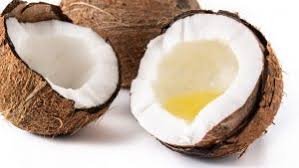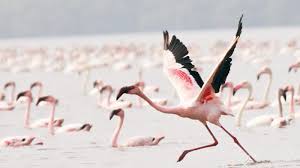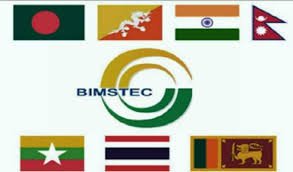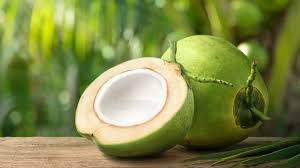Top 10 Coconut-Producing Countries in the World: A Comprehensive Overview
Coconuts are a vital agricultural product, contributing significantly to the economies of many tropical countries. Understanding the top coconut producers globally is crucial for students preparing for government exams, as it highlights economic trends and agricultural practices essential for various competitive exams.
Leading Coconut Producers
The world’s leading coconut producers include Indonesia, the Philippines, India, Brazil, and Sri Lanka. These countries dominate global production, owing to their favorable tropical climates and extensive agricultural practices. Indonesia tops the list, producing approximately 19 million metric tons annually, followed by the Philippines and India with 14 and 12 million metric tons, respectively.
Indonesia: The Coconut King
Indonesia stands as the largest coconut producer, contributing significantly to the global supply. The country’s favorable climate, coupled with traditional farming techniques, enables extensive coconut cultivation. Coconuts are integral to Indonesia’s economy, providing employment and export revenue.
The Philippines: A Major Player
The Philippines ranks second in coconut production. The country’s reliance on this crop for both domestic use and export underscores its economic importance. The coconut industry supports millions of Filipino farmers, with products like coconut oil being major export commodities.
India’s Coconut Industry
India, the third-largest producer, has a robust coconut industry concentrated in states like Kerala, Tamil Nadu, and Karnataka. The country utilizes coconuts for various products, including food, oil, and coir, making it a significant player in both domestic consumption and international trade.
Other Notable Producers
Brazil, Sri Lanka, and Vietnam are also key players in the coconut industry. Brazil’s diverse climate allows for extensive cultivation, while Sri Lanka’s traditional coconut farming techniques contribute to its significant production. Vietnam’s emerging coconut industry shows promise, with increasing production figures each year.

Why This News is Important
Economic Impact
Understanding the leading coconut-producing countries is vital for economic studies in competitive exams. These nations’ economies heavily rely on coconut production, impacting their GDP, employment rates, and trade balances.
Agricultural Practices
For exams focused on agriculture and rural development, knowledge of coconut farming techniques and production statistics is essential. It provides insights into sustainable agricultural practices and innovations in the sector.
Trade and Commerce
This information is crucial for students preparing for banking and commerce exams. The global trade of coconut products influences international markets and economic relations, making it a key topic for understanding global trade dynamics.
Historical Context:
Traditional Farming to Modern Techniques
Coconut cultivation has evolved from traditional farming methods to modern agricultural practices. Historically, countries like Indonesia and the Philippines have relied on coconuts for centuries, with techniques passed down through generations. In recent decades, advancements in agricultural technology have increased yield and efficiency, supporting growing global demand.
Economic Development
The economic development of many tropical countries has been closely tied to coconut production. Post-colonial periods saw a surge in coconut farming as a means of economic independence and growth. This historical context highlights the crop’s importance in shaping national economies.
Key Takeaways from “Top 10 Coconut-Producing Countries in the World”
| Serial No. | Key Takeaway |
|---|---|
| 1 | Indonesia is the largest coconut producer globally. |
| 2 | The Philippines and India are major coconut producers, ranking second and third, respectively. |
| 3 | Coconut production significantly impacts the economies of tropical countries. |
| 4 | Traditional and modern agricultural techniques coexist in coconut farming. |
| 5 | The global trade of coconut products influences international economic relations. |
Important FAQs for Students from this News
Q: How does coconut production impact the economy of tropical countries?
A: Coconut production significantly contributes to the GDP, employment rates, and trade balances of tropical countries. It provides income for farmers, supports local industries, and generates export revenue.
Q: What are some of the primary coconut products traded internationally?
A: Primary coconut products traded internationally include coconut oil, desiccated coconut, coconut water, and coconut-based cosmetics and food products.
Q: Which countries are leading consumers of coconut products?
A: Leading consumers of coconut products include countries with large populations like India, China, the United States, and European nations. These countries utilize coconut in various forms for cooking, skincare, and dietary supplements.
Q: How has coconut farming evolved over time?
A: Coconut farming has transitioned from traditional methods to modern agricultural practices. Advancements in technology, irrigation, and crop management have increased yield and efficiency in coconut cultivation.
Q: What are some challenges faced by coconut farmers?
A: Challenges faced by coconut farmers include climate change, pests and diseases, fluctuating market prices, and access to financing and technology for sustainable farming practices.
Some Important Current Affairs Links
















